.png)
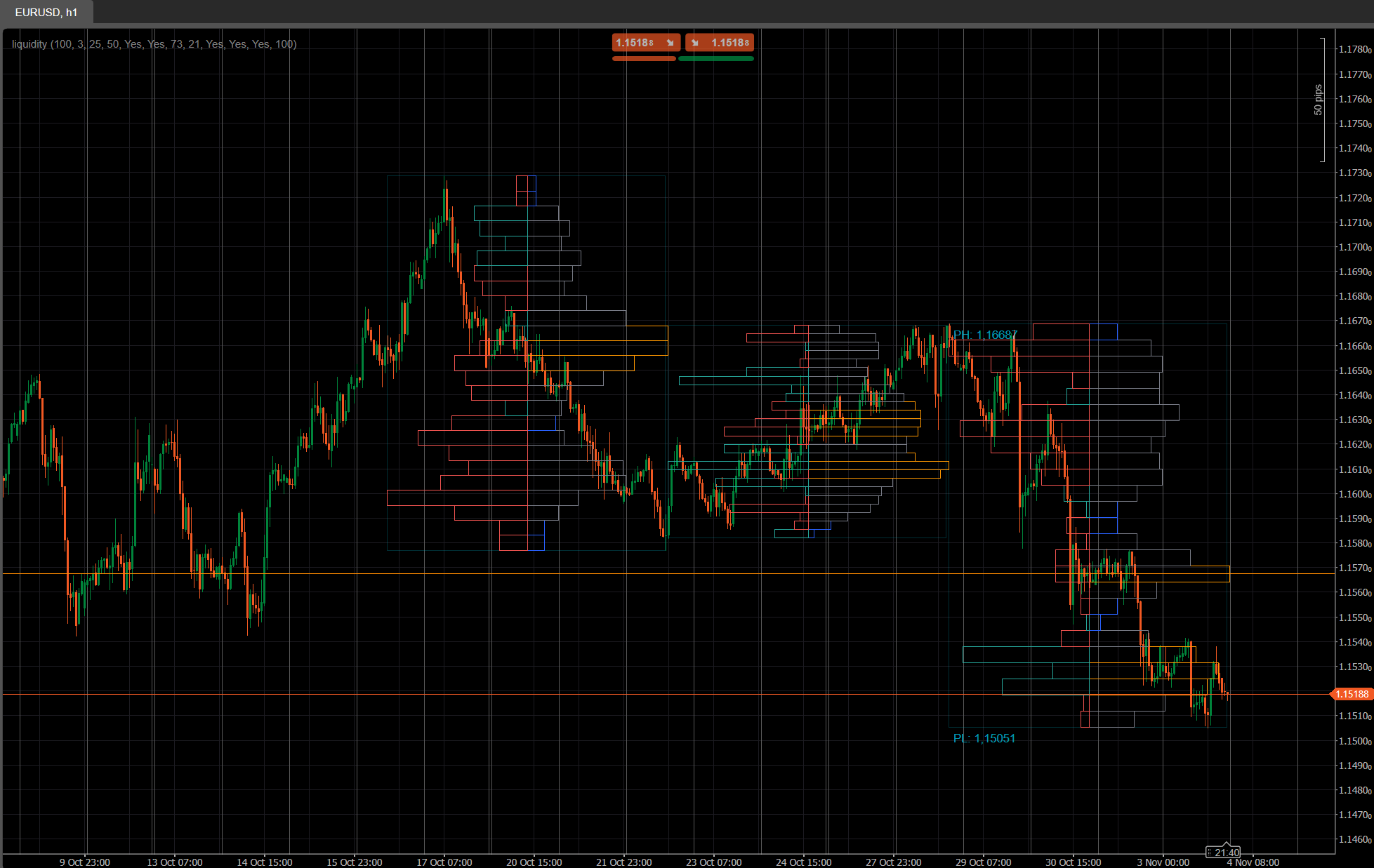
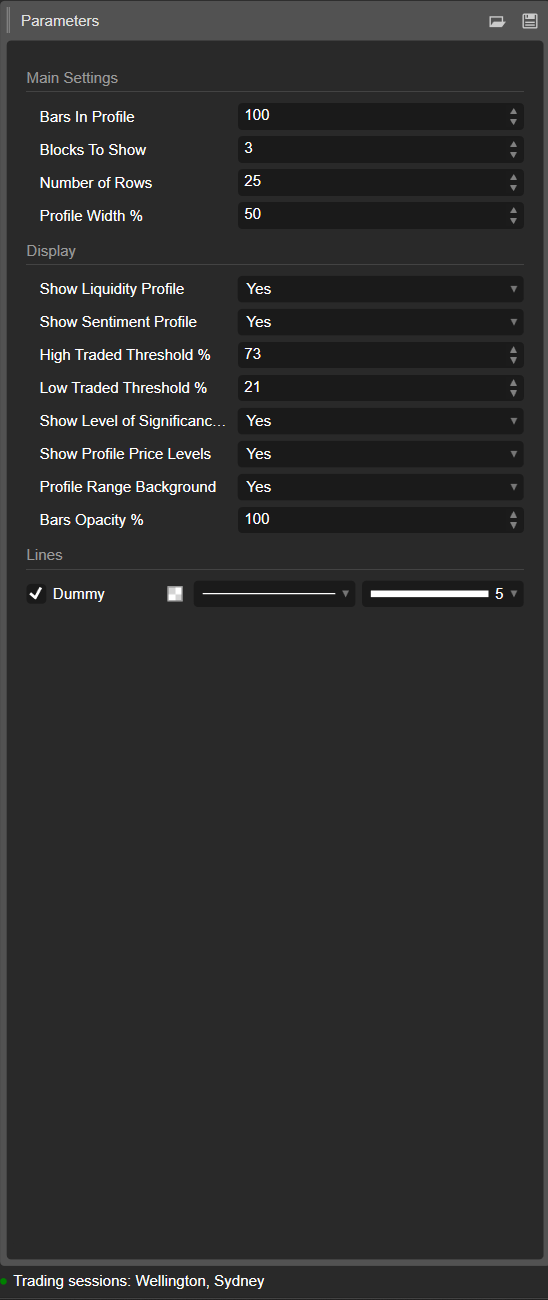

Deep Mood Distribution (DMD) 📊🧠
Overview
Deep Mood Distribution (DMD) is a segmented volume-profile and sentiment tool that analyzes price action in fixed bar blocks and shows:
- Where trading activity is concentrated ⚖️
- Where liquidity is thin or reactive (potential S&D / liquidity zones) 💧
- Which side is dominating at each price area (buyers vs sellers) 🐂🐻
Instead of a single sliding profile, DMD splits the chart into repeating blocks of X bars and builds a separate liquidity & sentiment map for each block.
This makes it easy to visually compare how volume distribution and market mood change from one segment to the next.
How it works 🧩
For each block of Bars In Profile candles:
- The indicator finds the highest and lowest price of that block.
- The price range is split into
Number of Rowsvertical price bins. - For every candle in the block:
- Tick volume is distributed across each price bin touched by the candle’s range.
- Two volumes are accumulated for each row:
- Total volume at that price row
- Bullish volume (only bars where Close > Open)
- From these, DMD builds:
- Liquidity profile (right side)
- Row length ∝ relative volume vs the block’s maximum row volume
- Color shows high / average / low traded nodes
- Sentiment profile (left side)
- Sentiment per row =
2 × BullishVolume − TotalVolume - Positive = buyer-dominated (bullish mood)
- Negative = seller-dominated (bearish mood)
- Sentiment per row =
- The process is repeated for the last N blocks, so you can compare several segments side by side.
Right Side – Liquidity Profile (Volume) 📊
The right side bars show how much trading activity (volume) occurred at each price level within that block, regardless of who was buying or selling.
- High-volume nodes (HVN) – e.g. orange bars
- A row whose volume is ≥
High Traded Threshold %of the maximum row volume in the block - Represent value areas, heavy trading, consolidation zones.
- A row whose volume is ≥
- Low-volume nodes (LVN) – e.g. blue bars
- A row whose volume is ≤
Low Traded Threshold %of the maximum row volume - Represent thin liquidity zones, possible rejection or fast-move areas.
- A row whose volume is ≤
- Average-volume nodes – e.g. grey bars
- Everything between the high and low thresholds
- “Normal” traded levels, not extreme.
🧠 Length of the bar (right side)
→ Proportional to total traded volume at that price row compared to the block’s max volume.
More volume → longer bar.
Key parameters:
High Traded Threshold %Low Traded Threshold %
Left Side – Sentiment Profile (Market Mood) 🧠📉📈
The left side bars show the sentiment / dominance at each price level: whether buyers or sellers were stronger in that row.
For each row:
Sentiment=2×BullishVolume−TotalVolume\text{Sentiment} = 2 \times \text{BullishVolume} - \text{TotalVolume}Sentiment=2×BullishVolume−TotalVolume
- Bullish bar (buyers in control) – e.g. teal/green bars
- Sentiment > 0
- More volume came from bullish candles (Close > Open) at that price.
- Indicates buy-side dominance in that price row.
- Bearish bar (sellers in control) – e.g. red bars
- Sentiment < 0
- More volume came from bearish candles (Close < Open).
- Indicates sell-side dominance.
🧠 Length of the bar (left side)
→ Proportional to the absolute value of sentiment (|Sentiment|) relative to the strongest row in the block.
Stronger dominance (big imbalance between buyers and sellers) → longer bar.
Key parameter:
Show Sentiment Profile(on/off)
Parameter Details ⚙️
1. Bars In Profile
Group: Main Settings
Number of candles contained in each block.
- Example:
Bars In Profile = 100 - Block 0 → last 100 bars
- Block 1 → previous 100 bars
- Block 2 → previous 100, and so on.
Use it to match blocks to:
- approximate sessions,
- your typical swing / intraday range,
- or any custom window you want to analyze.
Smaller value = more reactive, more granular.
Larger value = smoother, more “macro” structure.
2. Blocks To Show
Group: Main Settings
How many consecutive blocks will be drawn on the chart.
1→ only the most recent block2–3→ very practical for comparison without clutter- Higher values → more history, but more on-chart objects
Older blocks beyond this value are automatically cleaned up to maintain stability.
3. Number of Rows
Group: Main Settings
Vertical resolution of each block’s profile.
The block’s price range is divided into this many rows (price levels).
- Higher value → more detail, thinner rows, more rectangles
- Lower value → smoother structure, easier to read
Typical ranges:
15–25for normal intraday use30–40+only if you want very fine resolution and your platform is strong enough
4. Profile Width %
Group: Main Settings
Controls how far the profile extends horizontally from the block’s center, as a percentage of the block’s width.
- Affects both liquidity (right side) and sentiment (left side).
- Higher % → profiles extend further into the surrounding bars
- Lower % → compact profile close to the block center
Good starting values: 35–50%.
5. Show Liquidity Profile
Group: Display
Turns the volume distribution (liquidity profile) on or off (right side of each block).
- On ✅
- Each row’s length reflects relative traded volume at that price level.
- Color encodes high / average / low traded nodes.
- Off ❌
- Only sentiment (if enabled) is shown, no volume bars on the right.
6. Show Sentiment Profile
Group: Display
Turns the sentiment profile on or off (left side of each block).
- On ✅
- Rows are colored:
- Bullish (buyers dominant) – e.g. aqua/green
- Bearish (sellers dominant) – e.g. red
- Row length reflects strength of dominance.
- Off ❌
- Only pure liquidity/volume distribution is shown.
Use this if you want to see not just where volume traded, but who was more active at those levels.
7. High Traded Threshold %
Group: Display
Defines the cutoff for high-volume nodes (HVNs) inside each block.
- Expressed as % of the block’s maximum row volume.
- Example: Max row volume = 10,000; threshold = 70% → rows ≥ 7,000 count as HVNs.
HVNs often mark:
- value areas,
- consolidation zones,
- areas of strong positioning / fair value.
8. Low Traded Threshold %
Group: Display
Defines the cutoff for low-volume nodes (LVNs) relative to the block’s maximum volume.
- Rows with volume below this percentage are treated as low activity zones.
- These can act as:
- thin liquidity pockets,
- potential rejection levels,
- or areas where price tends to move quickly through.
Typical use: 15–30%.
9. Show Level of Significance (POC)
Group: Display
Shows or hides the Point of Control (POC) for the most recent block.
- POC = price row with highest traded volume in that block.
- Displayed as a horizontal line at that price. 🎯
Useful as:
- reference for mean-reversion,
- intraday “fair price” anchor,
- or key level for trade management.
10. Show Profile Price Levels
Group: Display
Displays text labels for:
- Profile High (PH) – highest price reached in the block
- Profile Low (PL) – lowest price reached in the block
Labels are shown for the most recent block and include the exact price values.
Great for:
- quickly reading the current range,
- setting stops/targets around PH/PL,
- context for breakouts or rotations.
11. Profile Range Background
Group: Display
Draws a semi-transparent background rectangle covering each block’s:
- time range (start to end bar)
- price range (low to high)
This visually separates blocks and makes each range stand out.
Disable it if you prefer a cleaner, minimal visual.
12. Bars Opacity %
Group: Display
Controls how solid or subtle the rectangles are (both liquidity and sentiment bars).
- 20–40% → very light, background-style
- 50–70% → balanced visibility, candles still easy to see
- 80–100% → strong, almost fully opaque blocks
Internally this value is converted into an alpha channel (0–255) for the bar colors.
Suggested starting template ⭐
For indices / futures intraday (M5–M15):
- Bars In Profile: 80–120
- Blocks To Show: 2–3
- Number of Rows: ~20
- Profile Width %: 35–45
- Show Liquidity Profile: true
- Show Sentiment Profile: true
- Bars Opacity %: 50–65
.jpg)
 (2).png)
.png)
 (1).png)
.png)
.png)
.png)
.png)
.png)
.jpg)
.png)
.jpg)
.jpg)
.jpg)
.jpg)
.png)
.png)
.png)

 (1).jpg)


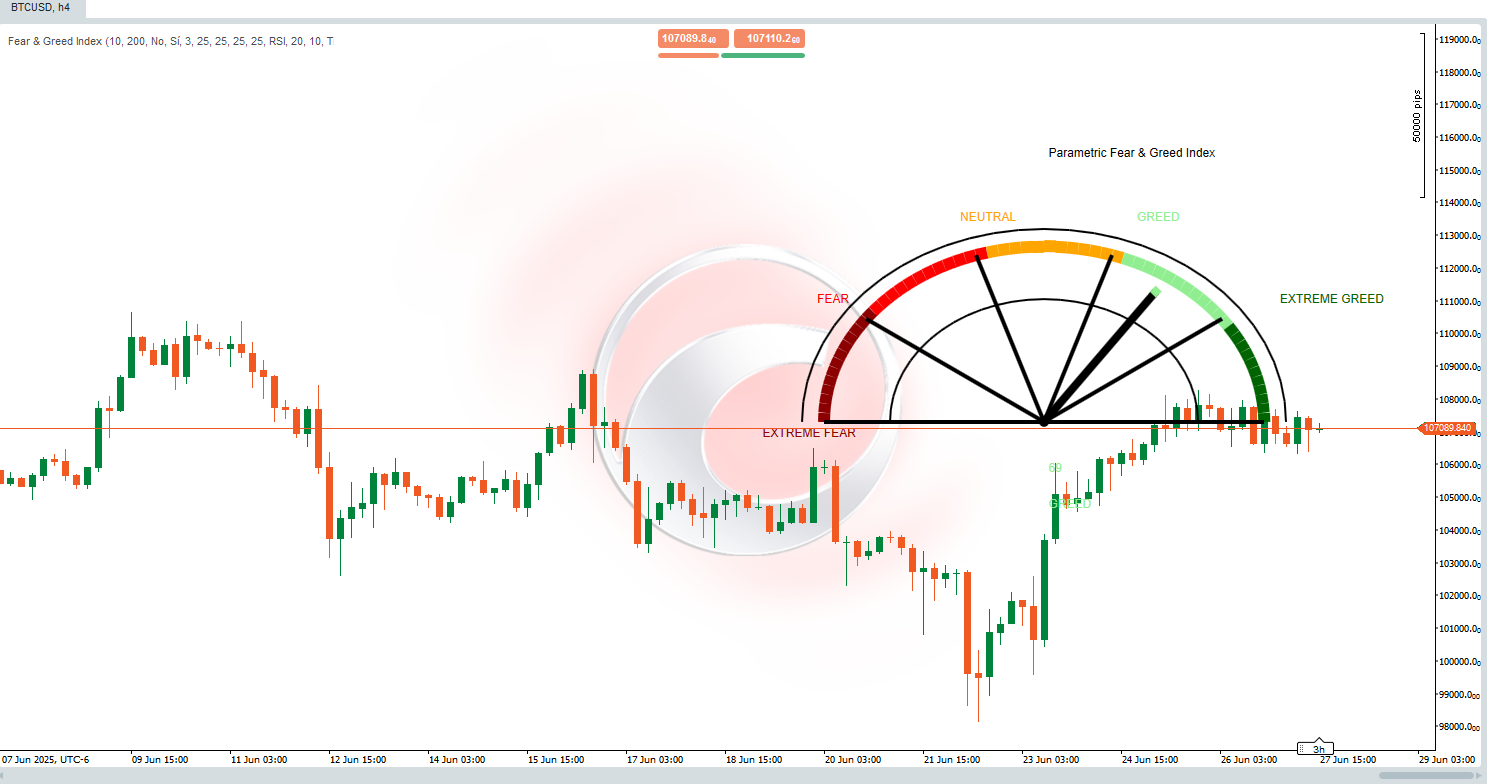


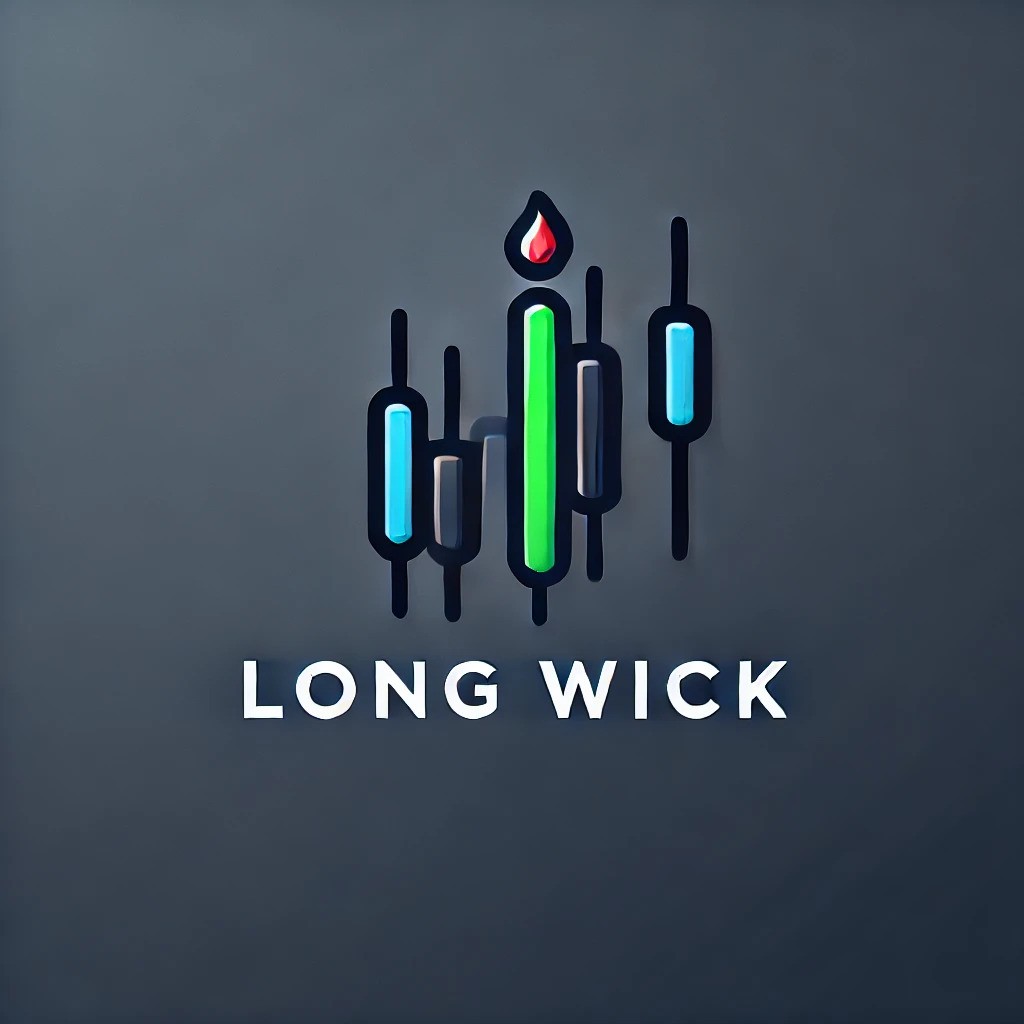
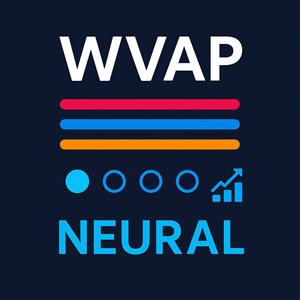
.png)
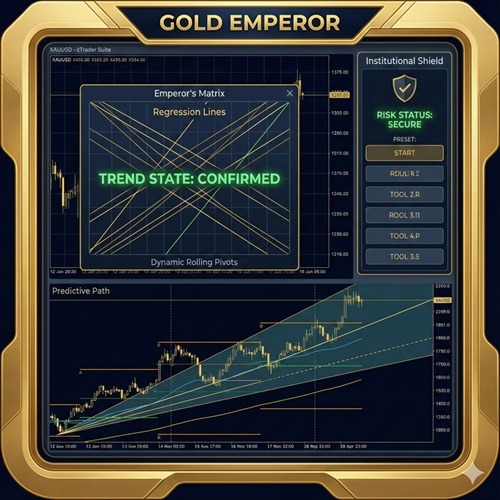
.jpg)
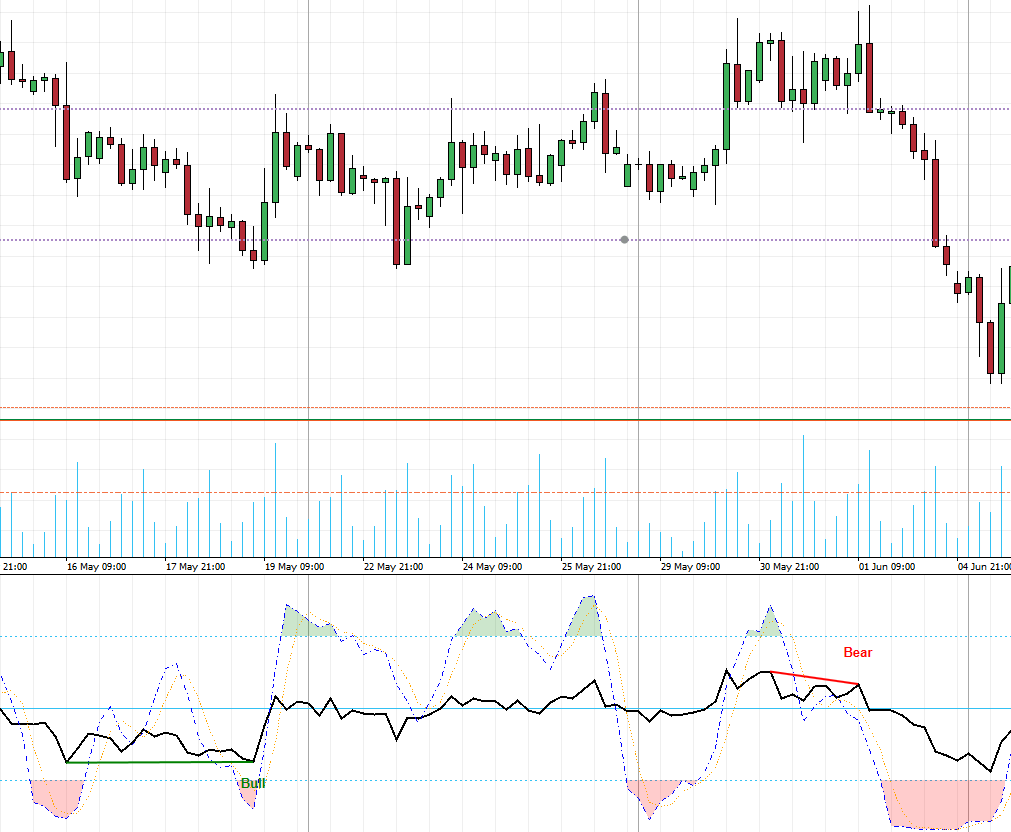
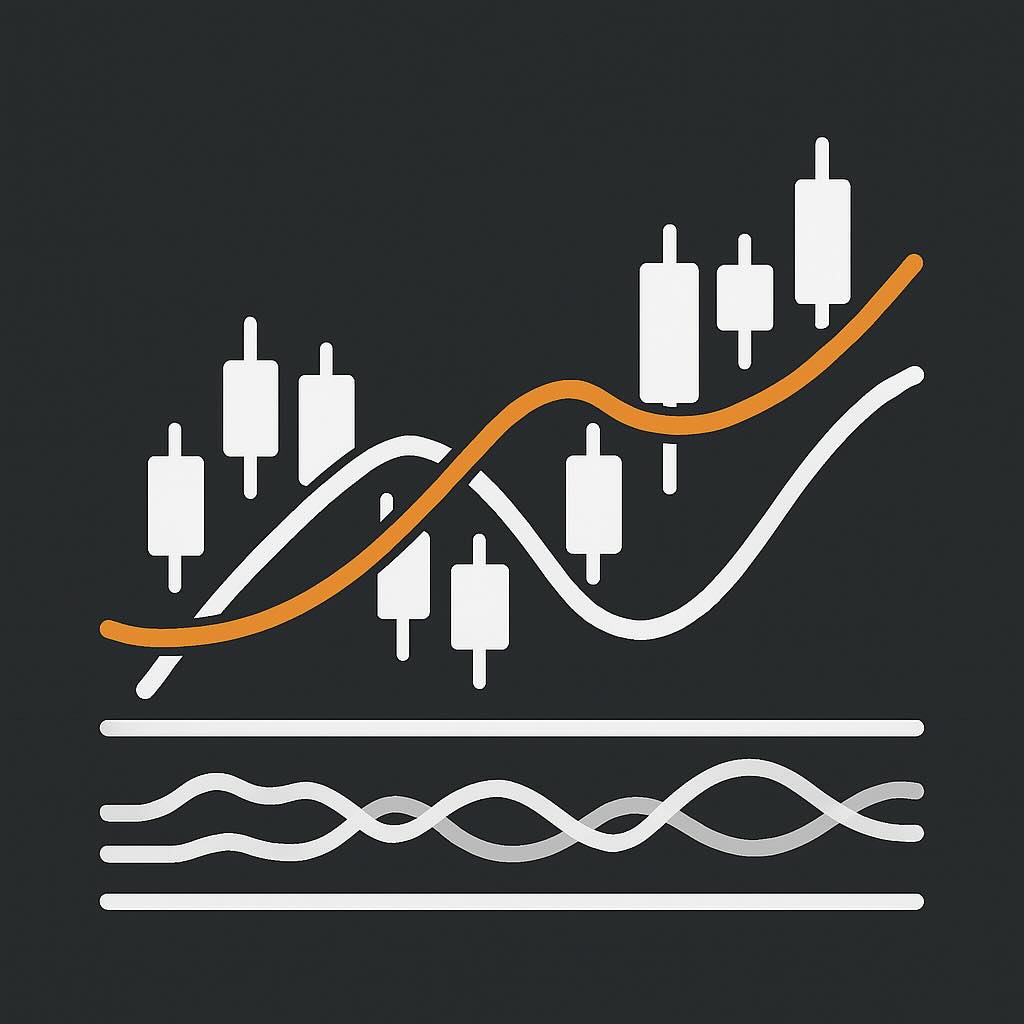
.png)
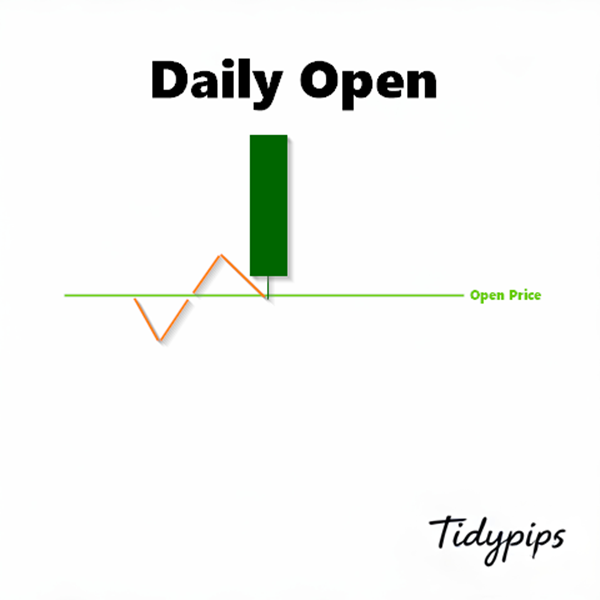
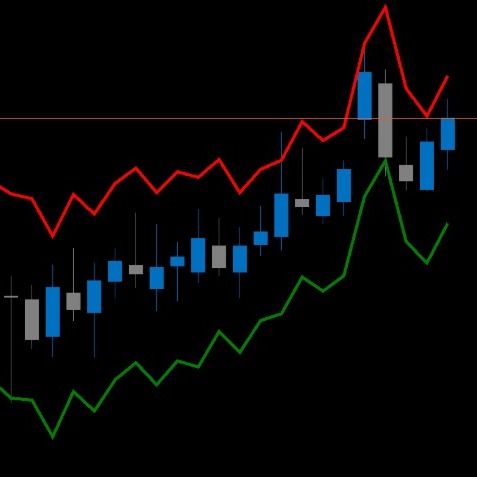
.png)